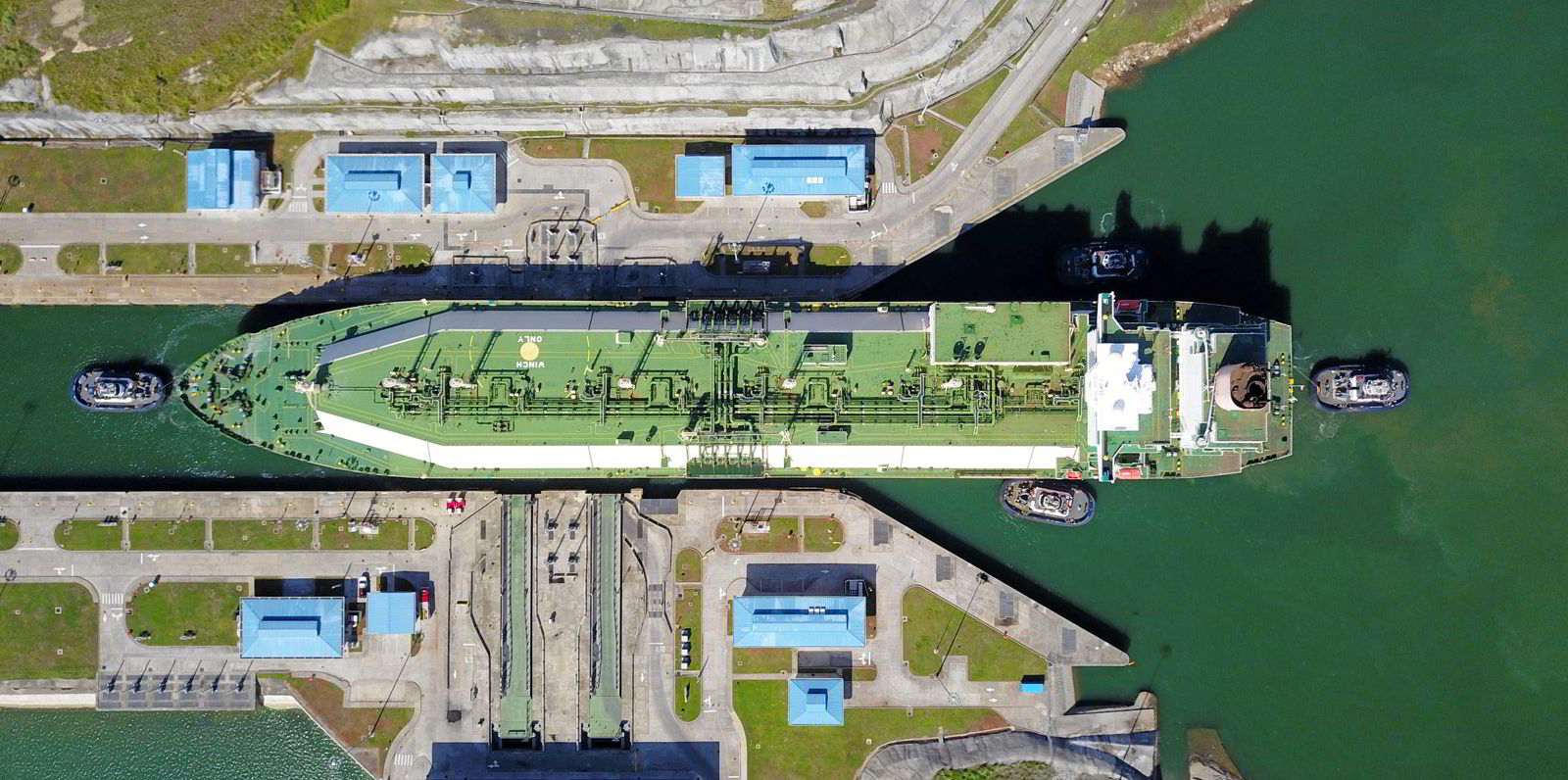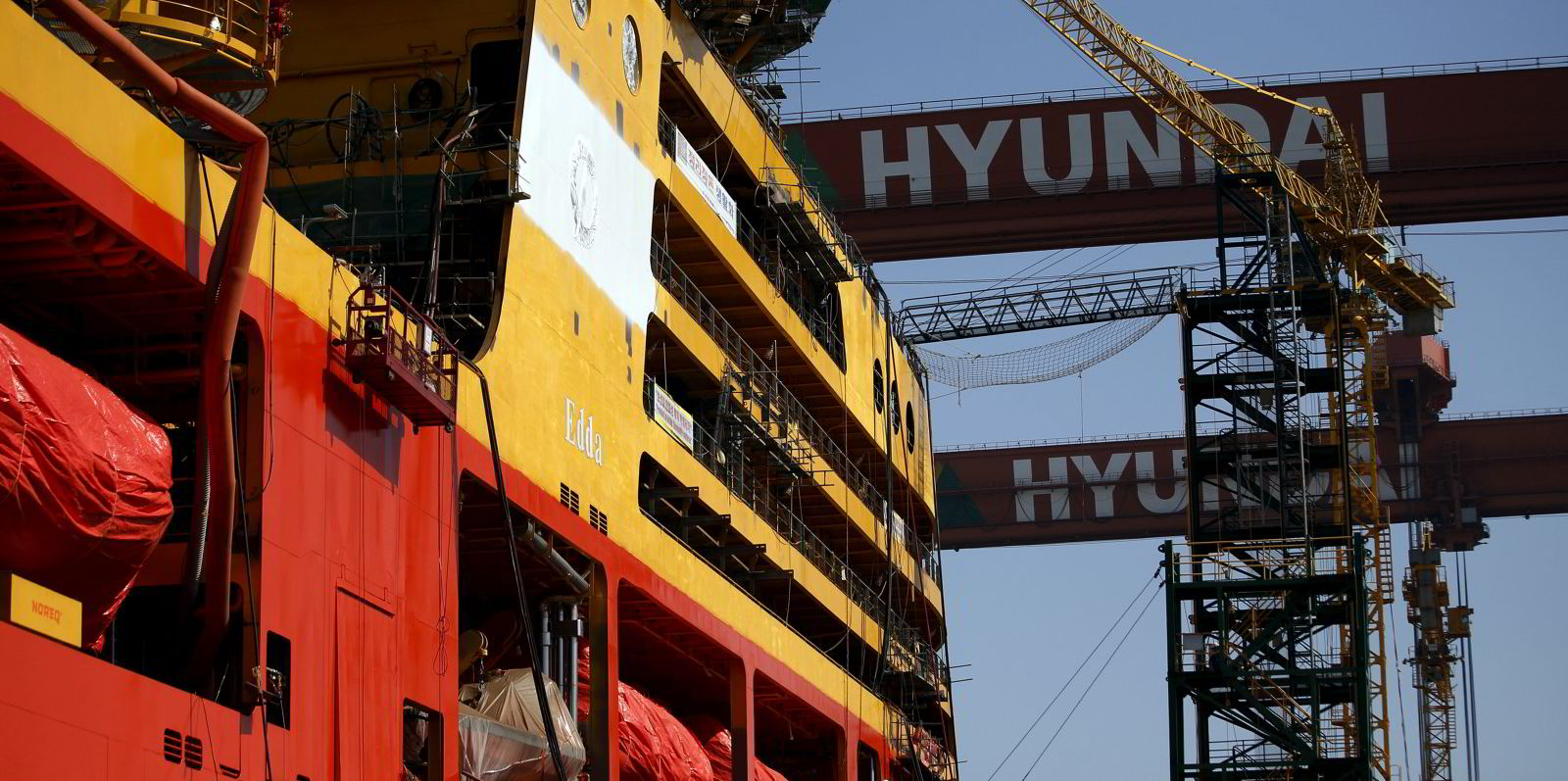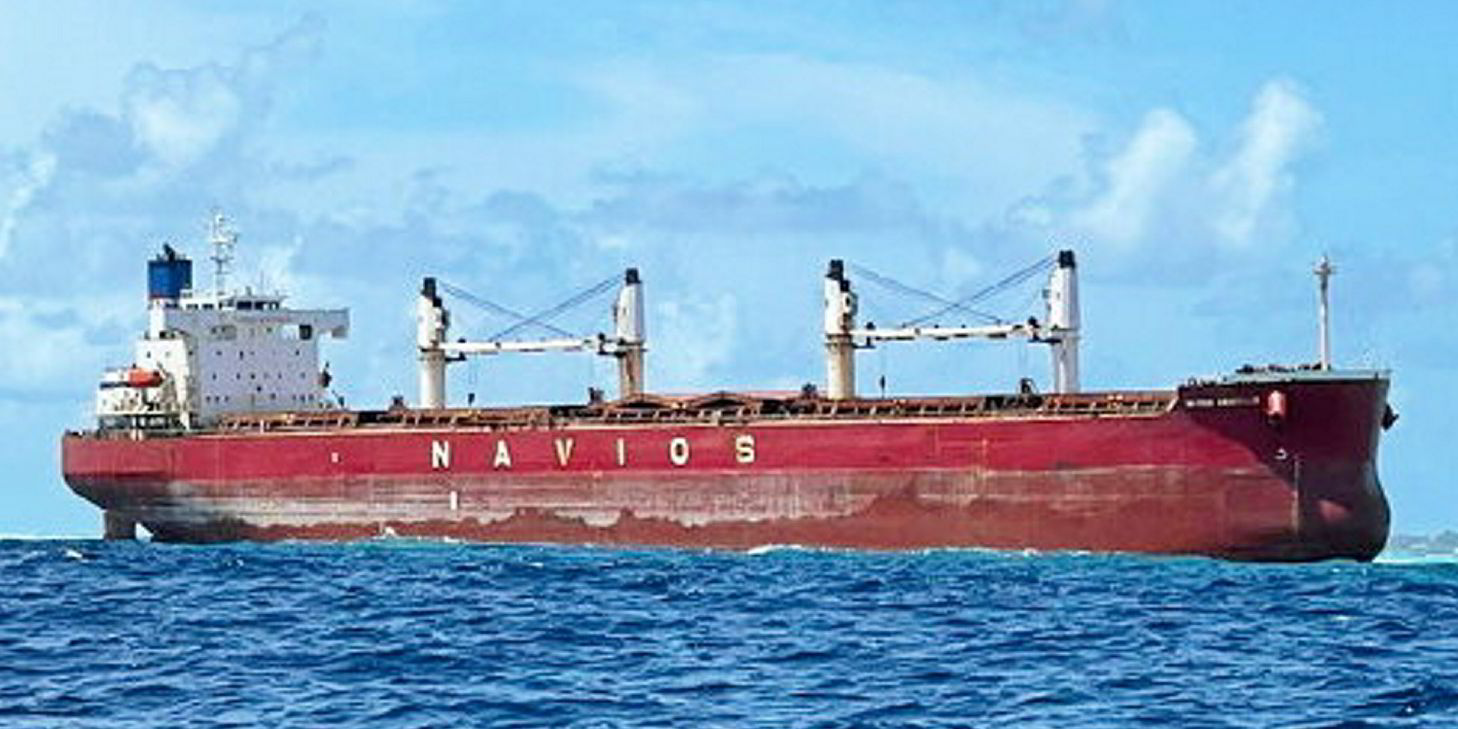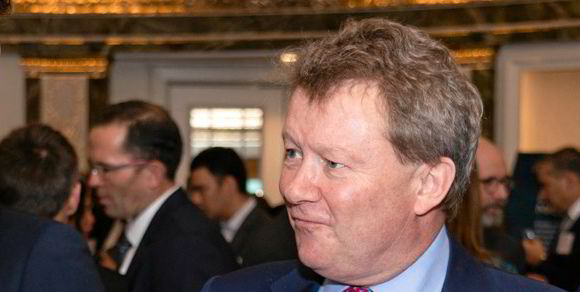Momentum has been building in the spot market for capesize bulkers for the past week and on Monday it finally happened — average day rates crossed the $50,000 level.
Capesizes have been fixed for iron ore voyages from Brazil to China at consistently firmer rates, which has helped lift the spot market overall.
Spot tonnage in Brazil is running short for September loading dates and additional vessel supply to the Atlantic depends on how quickly port congestion in China unwinds.
But market sources have suggested that the bull run in freight rates could last just a few more days, as more ships ballast to the Atlantic.
Baltic Exchange panellists assessed the weighted average spot rate across five key capesize routes $977 higher on Monday at $50,708 per day.
The assessment has not been this high since June 2010, based on its old methodology, which was updated in 2014.
The strength of the capesize market helped lift the Baltic Dry Index (BDI) by a further 55 points to 4,147 on Monday.
The BDI, which gives an overall indication of the strength of dry cargo markets, is at its highest level in just over 11 years.
Busy chartering activity by Brazilian mining giant Vale has soaked up many of the capesizes available for loading dates in early September.
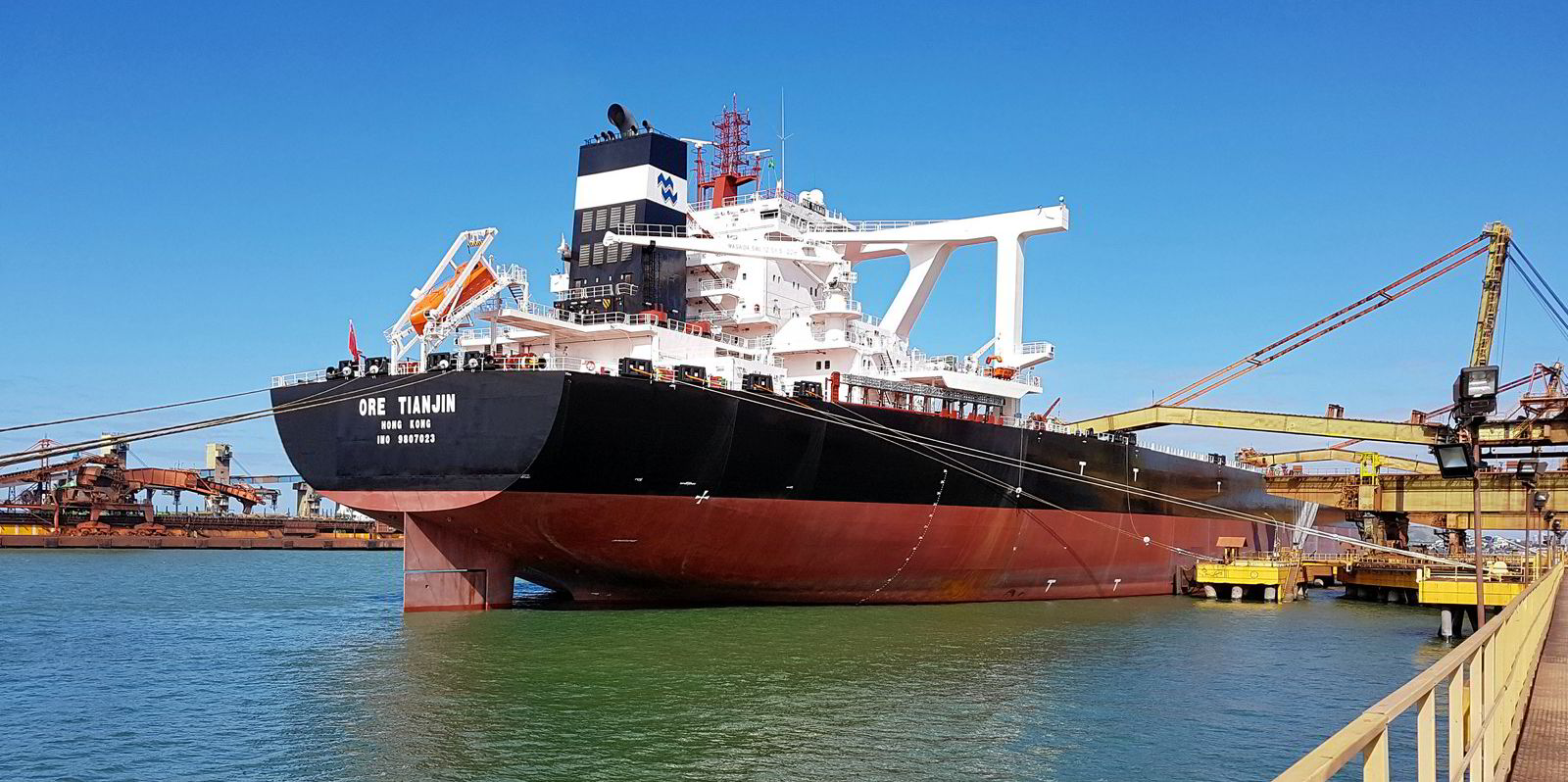
On Monday, an extra 27 cents was added to the Baltic's assessment of rates on the Brazil-to-China route for iron ore, which was put at $36.40 per tonne.
Offers were as high as $37 per tonne in the market on Monday for Brazil-China trips, a chartering source said.
Vale fixed more than 15 ships on Thursday last week for trips from Brazil to China at between $34 and $35.15 per tonne, according to market sources.
Vale's highest fixture of the week was concluded at $36.35 per tonne.
Chartering sources told TradeWinds that Vale is currently looking to fix panamaxes and mini capesizes of around 120,000 dwt to load at its Ponta da Madeira terminal from 15 September onwards.
The miner aims to fill a berth space while VLOCs are loading at Pier 3 of the terminal, rather than split capesize cargoes, TradeWinds understands.
Short tonnage
But Vale's chartering spree means the Atlantic market is looking short on ships for loading dates in mid to late September.
Congestion at ports in China, too, is helping keep freight rates at elevated levels.
Market sources said they expect congestion to remain a problem into October and into the fourth quarter.
Arrow Shipbroking estimates that VLOC or valemax tonnage arriving in Brazil during the first half of September will fall below 3m dwt each week.
The broker said it expects the list of ballasting vessels to grow "significantly" towards the end of September, depending on how quickly port congestion in China unwinds.
As many as 18 VLOCs could arrive in Brazil during the week commencing 20 September, compared with eight vessels per week earlier in the month, according to Arrow's estimates.
Around 17% of the total capesize fleet is currently tied up in congestion globally, the highest seasonal level since 2016 due to tighter coronavirus restrictions at Chinese ports, according to Arrow.
Global capesize congestion has averaged 13.6% over the past five years, Arrow added.
Australia
But the capesize story is not all about Brazil. Iron ore volumes from Australia have bounced back too.
Seaborne exports climbed to 38m tonnes during the first two weeks of August, up by 1.9m tonnes or 5% year on year.
Brazilian volumes during the same two-week period were around 1m tonnes below the 2020 level.
Baltic panellists assessed the Western Australia-China benchmark route 18 cents higher on Monday at $16 per tonne.
South Korean steel-maker Posco reportedly booked an unnamed capesize on Friday at this level for an iron-ore trip from Western Australia to Gwangyang, loading from 3 September.
The past week's capesize chartering activity is set against a spectacular fall in prices for iron ore as China seeks to curb pollution by reducing steel production.
The outlook for Chinese iron ore demand looks unclear in the face of conflicting domestic policies on infrastructural investment, steel production, pollution and market speculation
In the meantime, capesize owners with vessels in the spot market or on index-linked contracts are earning healthy margins.
Daily operating expenditure for capesizes is estimated at around $5,402, according to the Baltic's latest estimate.

